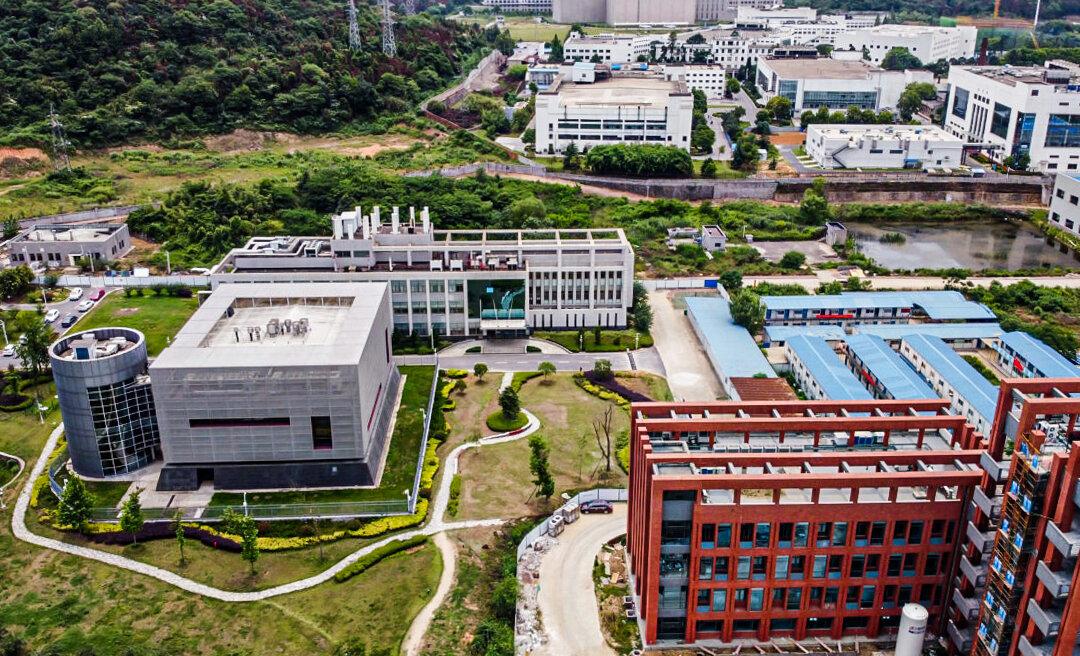Commentary
Did you know that in the autumn of 2019, unbeknown to the rest of the world, a deadly pathogen leaked from a biological facility in China?

Did you know that in the autumn of 2019, unbeknown to the rest of the world, a deadly pathogen leaked from a biological facility in China?